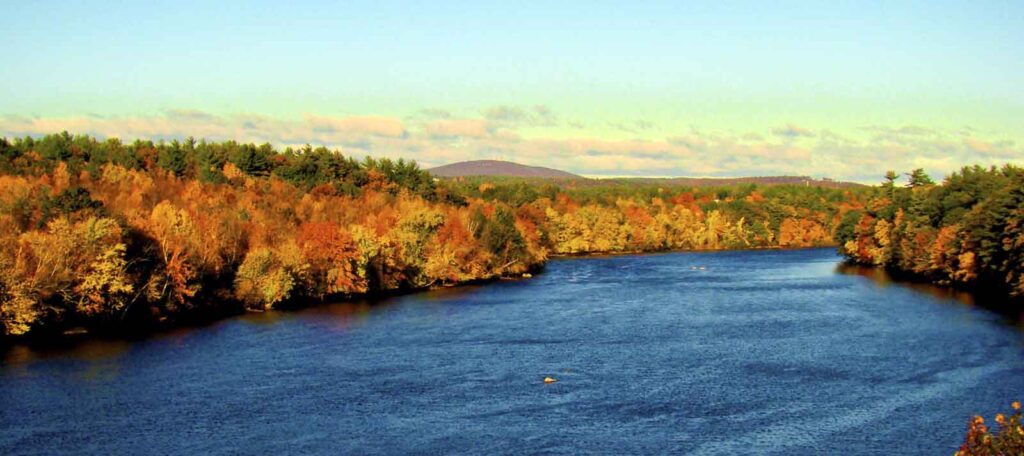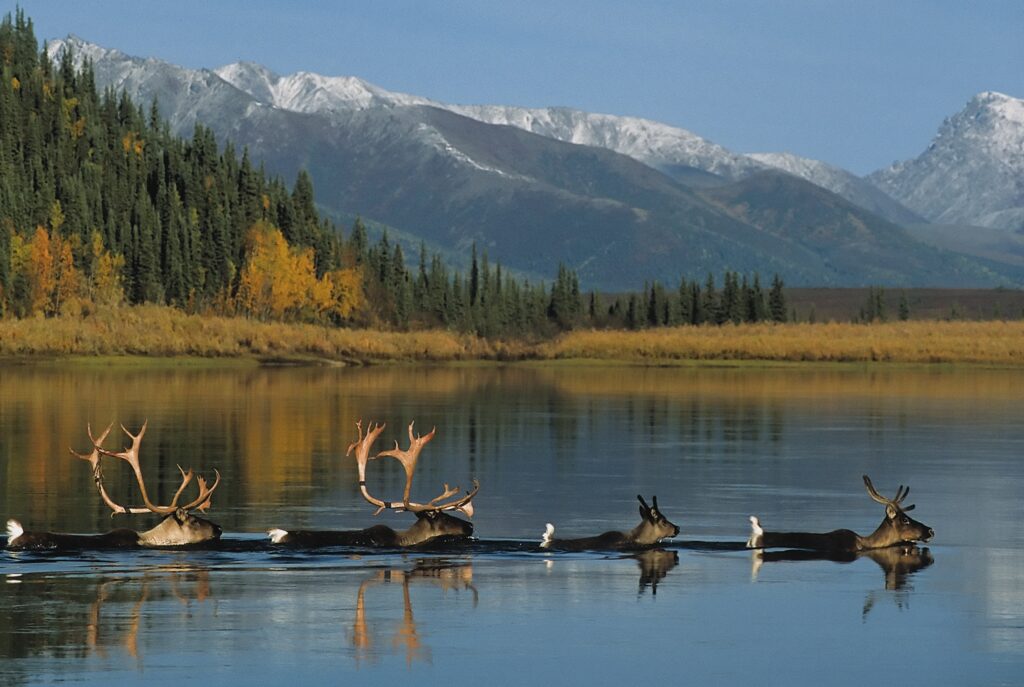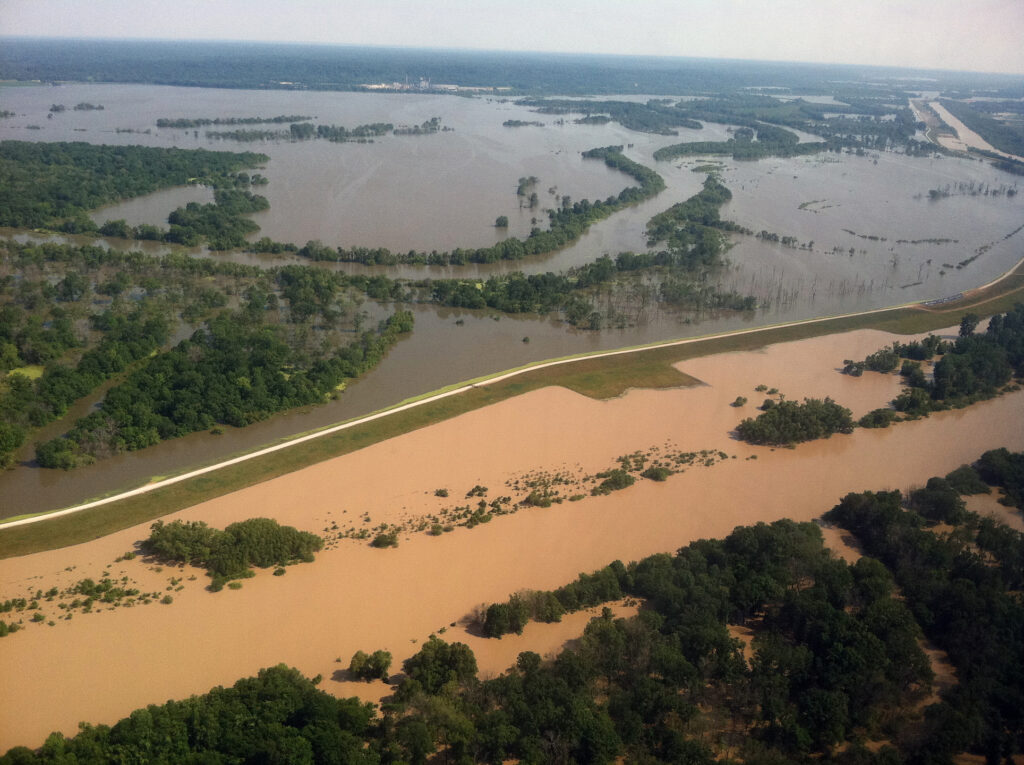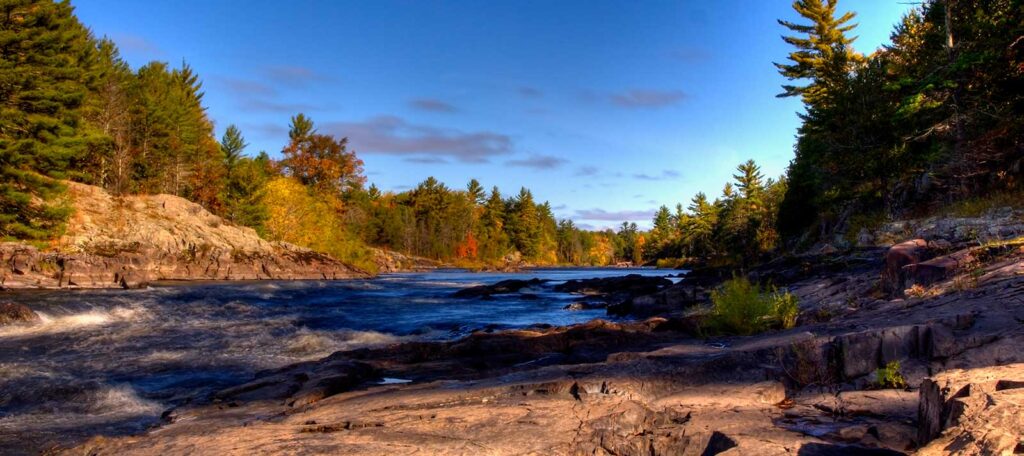
Following his inauguration, President Trump issued a number of executive orders focused on climate and energy—actions that could have major impacts on the rivers and clean water that all Americans depend on. President Trump has said he wants our country to have “the cleanest water,” which is why we must prevent any actions that harm our rivers and drinking water sources.
That’s why we need a responsible national energy strategy that is considerate of our water resources. Responsible energy development means meeting the needs of people without damaging the environment that our health and water wealth depend on.
No matter who you are or where you live, we all need clean, safe, reliable drinking water. Most of our country’s water comes from rivers. Public opinion research shows that Republican, Democrat, and Independent voters of all ages and races overwhelmingly support protections for clean water. Clean water is a basic need, a human right, and a nonpartisan issue we can all agree on.
The details and implementation of these executive orders will matter as we pursue the dual goals of energy and water security.
We cannot return to days where polluters were allowed to devastate rural and urban communities and their natural resources. But these executive orders eliminate efforts to safeguard communities from environmental harm, putting their drinking water at risk.
In addition to protecting Americans from pollution, we also need to help families and businesses prepare for increasingly extreme weather. As Asheville, North Carolina and other communities in the Southeast continue to recover from Hurricane Helene, and thousands in Los Angeles are without homes following recent catastrophic fires, we should be bolstering policies to fight climate change and working to strengthen communities in the face of severe floods, droughts, and fires.

Ask Congress to support our clean water blueprint
America cannot be a world leader if we don’t take care of our water. Congress to support this common sense blueprint for keeping America's rivers safe and our water clean.
Here’s a look at some of the executive orders that could have significant impacts on water and rivers, as well as communities’ ability to have access to and a say over decisions about their rivers:
Declaring a National Energy Emergency executive order:
- Directs agencies to use their authorities under the National Emergencies Act (“NEA”) to speed the development of fossil fuels on federal lands and elsewhere. Using the NEA authorities, agencies may use emergency regulations and waivers under the Clean Water Act and the Endangered Species Act and eminent domain to fast-track energy projects, including hazardous materials, pipelines, fossil fuels extraction, and hydropower dams, lessening protections for free-flowing rivers risking increased watershed impairment from leaks, spills, and industrial accidents while further exacerbating the climate crisis.
Unleashing American Energy executive order:
- Establishes the policy of the United States “to encourage energy exploration and production on Federal lands and waters.” Under this order, agencies are tasked with identifying “burdensome regulations” and implementing action plans to address these burdens. In many cases, regulations that may slow down project development also serve to protect communities from the impacts of energy development. Fast-tracking permitting for oil, natural gas, coal, hydropower, biofuels, critical minerals, and/or nuclear energy can leave public health and environmental protections behind. This order also undoes appliance efficiency policies. Securing enough water quantity is a significant problem for many communities, particularly in the West, and this new policy could further deplete rivers of their waters.
Putting America First In International Environmental Agreements executive order:
- Withdraws the United States from the Paris Agreement under the United Nations Framework Convention on Climate Change. The 2015 Paris Agreement is a voluntary global climate accord agreed to by almost all countries to progressively reduce greenhouse gas emissions. Climate change impacts water quality, water quantity and severity of catastrophic floods, droughts, and fires.
Rescinding of Executive Order 14030 Climate-Related Financial Risk
- Revokes the Federal Flood Risk Management Standard (FFRMS). The FFRMS was developed to improve the resilience of communities and federal assets from flooding. It addressed flood risk and limited flood damages by focusing on the protection and restoration of wetlands in addition to the recognition of an expanded floodplain at risk of future flooding. Without the FFRMS in place, communities nationwide will be less prepared and more vulnerable to hazardous weather.
Rescinding of Executive Order 14094 Modernizing Regulatory Review
- Will reduce opportunities for public participation in regulations and meetings with decision-makers, particularly for underserved communities.
Rescinding of Executive Order 14096, Revitalizing Our Nation’s Commitment to Environmental Justice for All
- Eliminates the government-wide approach to environmental justice and equitable access to nature for all communities.
Executive orders impacting specific rivers:
- Certain executive orders have a direct impact on individual rivers, including the San Joaquin, Sacramento, Rio Grande and the rivers of Alaska. In California, agencies are directed to route more water out of the rivers. In the Rio Grande, border wall construction could impact water flow and flooding. In Alaska, thousands of miles of rivers in the Tongass National Forest could lose protections.
Water is a shared resource, and all life depends on healthy rivers. For more than 50 years, American Rivers has been successful in bringing people together for river and water solutions. We remain committed to working with our elected leaders to ensure that this shared resource is protected. American Rivers and our affiliate, the American Rivers Action Fund have a blueprint for the Trump administration and Congress, which includes proactive steps to protect clean water and rivers.




5 responses to “How do President Trump’s Executive Orders Impact Your Clean Water?”
Excellent question!
What specific executive orders did President Trump issue that affected clean water regulations?
I have a friend whose health is greatly affected by environmental pollutants, and I sincerely fear that these EOs will have a significant impact on her quality of life. It happens that her body is about 55% water.
I am part owner of family property (6 generations long)on the shore of Lac Vieux Desert, the headwaters lake of the Wisconsin River. I have canoed and kayaked for more than 75 years on various sections of both the lake and the river. I appreciate all that American Rivers is doing to protect and conserve our rivers. Thank you.
Given the scope of this administration, more savage forms of direct action will be necessary. The Monkey Wrench, The Take, Direct Action and Sabotage by the IWW, may be a few good sources to look into.